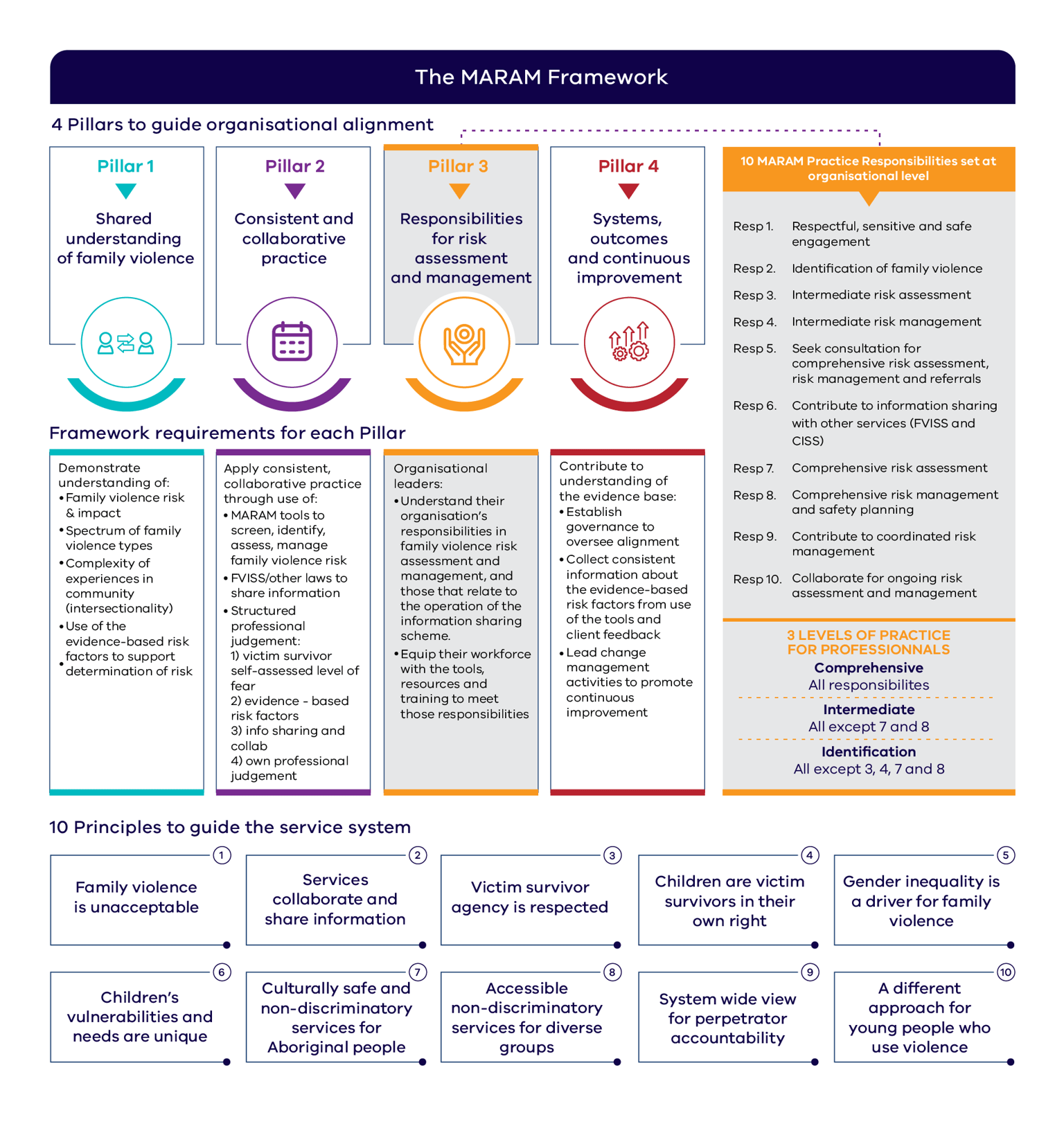Figure 2 illustrates on a page the three core components of the MARAM Framework.
The image summarises the 10 MARAM principles.[9] MARAM is based on the belief that to provide consistent, effective and safe responses for people experiencing family violence, services need a shared understanding of family violence. To help achieve a shared understanding, the MARAM Principles help guide any response provided across the service system. The full text of the Principles can be found at Appendix 3.
The image also outlines the four MARAM Pillars and their requirements. The Pillars are set at an organisational level and are designed to build knowledge and skill and support the effective integration of a consistent, system-wide response to family violence. In aligning policies, procedures, practice guidance and tools with MARAM, organisations should refer to the 4 Pillars. Further details on the operation of the Pillars can be found in Appendix 4.
The right side of the image lists the 10 MARAM Responsibilities – these are contained within Pillar 3 which requires organisations to understand these responsibilities in their context and equip their workforces to meet the responsibilities. The full details of the Responsibilities can be found in Appendix 5.
The responsibilities can be broadly summarised into three levels of practice:
- identification: MARAM Responsibilities 1-2, 5-6 and 9-10
- intermediate: MARAM Responsibilities 1-6 and 9-10
- comprehensive: MARAM Responsibilities 1-10
References to identification training (‘Screening and Identification’), intermediate training (‘Brief and Intermediate’) and comprehensive training (‘Specialist Practice’) are contained within this report.
[9] The full text of the principles can be found in Appendix 4.
Updated
